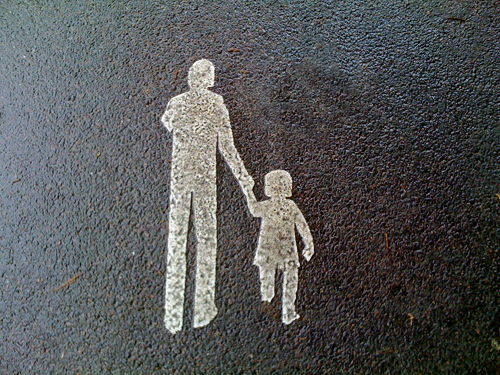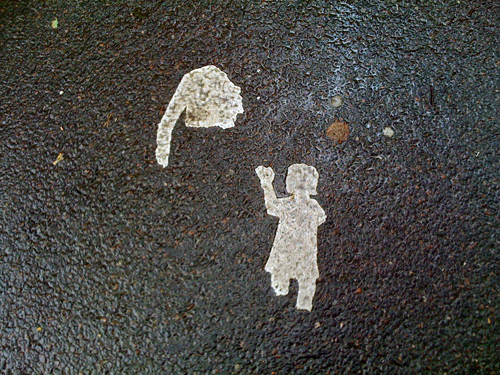Nice mail from Robert Cook following my Butterfly post some days back:
Your post… struck a memory, and I thought you might be interested. Something I wrote a few years ago, about something a lot further back:
‘Once, when I was young, I killed a butterfly. I was a knight wielding a mighty headless broom in defence of my Mum’s garden realm, or perhaps a wizard damning demons with a flourish of my magical WonderClean wand. Or maybe I was just a kid with a stick in a suburban backyard. I don’t want to remember those details, because details can blur the shape of a memory, and the memory as it stands is clear and perfect. The butterfly’s muted white crazy-dance, the aimless insect sublime jittering over my head. The abrupt cessation of fantasy at the same precise moment as a decision made by instinct and executed before I had even registered that I was no longer playing. The uncalculated millimetre accurate strike, the downward arc, the small precise thack of termination. The body in the grass.’
Since that murderous moment I’ve regarded butterflies as something almost divine (and I’m atheist, or at least irreligious). Guilt, obviously, but also a reframing, a genuine change of thought pattern based on something I had done and that was not undoable. The irrevocability of an act that leads to the lifting of a veil. Or something. Anyway, I didn’t know before about the belief that a butterfly signifies a visit from the departed. Is the belief that the butterfly is the actual visitor, or a sign of the visitor? I only ask because I know that I killed that butterfly not long after my father had died. (Bear in mind this is 25 years ago – I’m not on a guilt cruise or losing my marbles or anything, just trying to expand the contours of my own past experience…
More from Robert over at his blog Observer Error.
*
Over at his Ambiente Hotel blog meanwhile Mike Harrison pulls out the most startling quote from the intro to a new edition of T.M. Wright’s A Manhattan Ghost Story. Says Mike:
Here’s Wright on the dead (to add to WG Sebald on the dead) –
“.. you are allowed to know them and to see them, but not well, not at all well, only as well as you see the living.”
Read that a couple of days ago and I’m still shaking my head at the beauty of it.

